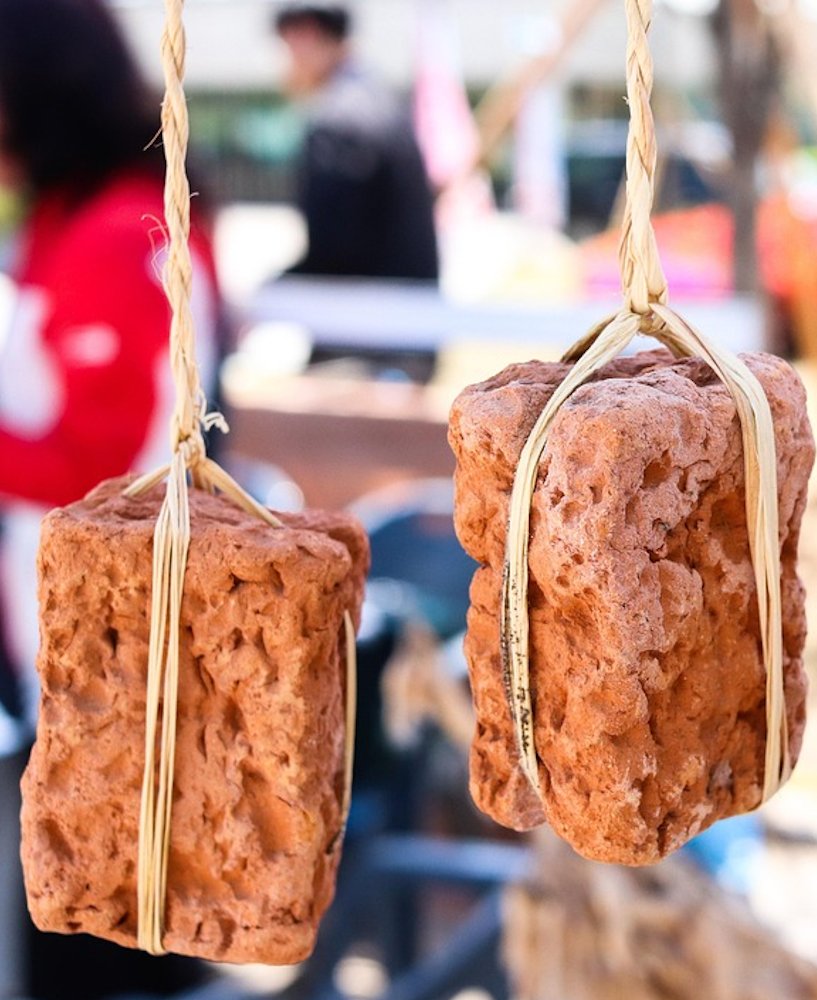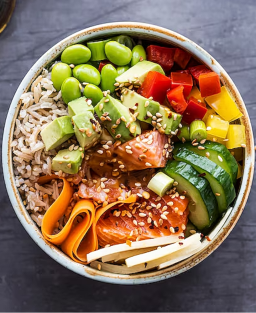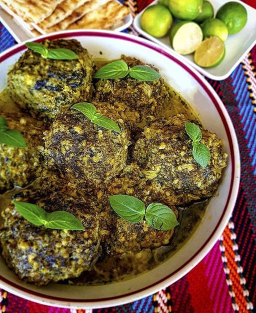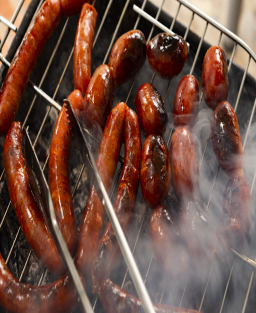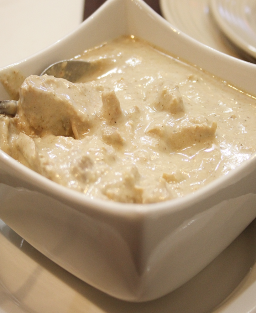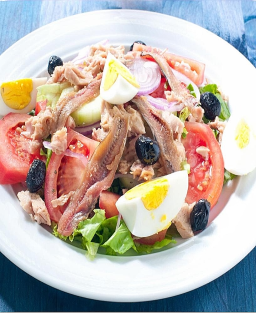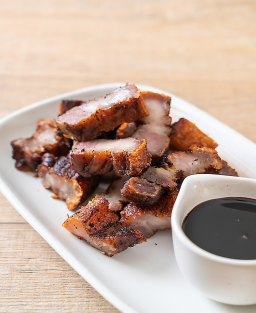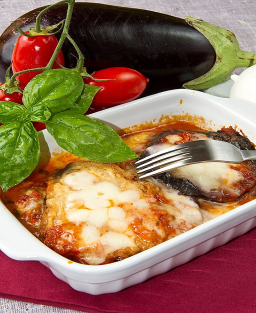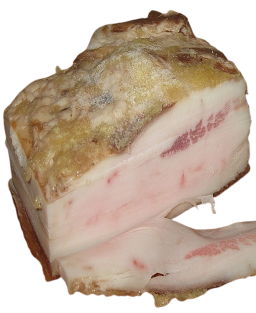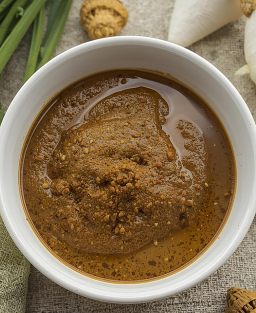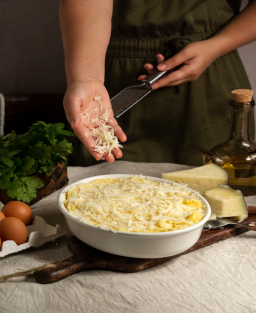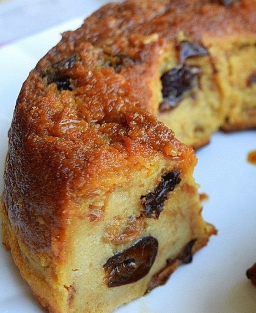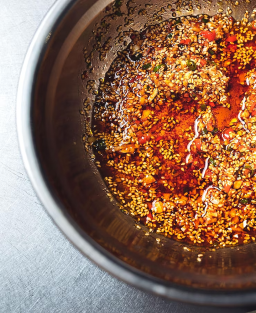- Out-of-Stock
Traditional Recipe for Fermented Meju Blocks 전통 메주 발효 블록 제조법
Traditional Recipe for Fermented Meju Blocks 전통 메주 발효 블록 제조법
Meju (Korean: 메주, [me.dʑu]) is a fermented soybean paste used as the base for preparing several traditional thick Korean sauces, such as doenjang, gochujang, and ganjang.
History
Soybean fermentation in Korea dates back to before the Three Kingdoms period (-57 to 668).
The Chronicles of the Three Kingdoms (a 3rd-century Chinese historical text) mention the people of Goguryeo as skilled in making fermented soybeans.
In Jilin leishi (鷄林類事, “Things of Jilin”), an early 12th-century work by Sūn Mù, ambassador of the Song dynasty to Korea, the paste is referred to as 蜜沮, literally meaning “to prevent (or block) honey.”
Preparation
Meju is typically made between October and December, more precisely around the Chinese lunar calendar date called Lidong (立冬), in early November.
However, the exact timing can vary by region and according to the final recipe for which the Meju will be used.
Traditional Recipe for Fermented Meju Blocks (Raw Korean Fermented Soybean Paste)
Ingredients:
-
500 g dried soybeans
-
Water for soaking and cooking
-
Salt (for later fermentation, but not directly in the Meju)
Equipment:
-
Large pot or kettle
-
Clean cloth or towel
-
Cotton threads or food-safe string
-
Well-ventilated, shaded, airy space (ideally outdoors)
-
Wooden board or support to hang the blocks
Detailed Steps:
-
Soaking the Soybeans
Rinse the dried soybeans and soak them in clean water for 12 to 24 hours, until the beans swell and are well hydrated. -
Cooking the Soybeans
Drain the soaked soybeans and cook them in a large pot of boiling water for about 3 to 4 hours, until the beans are very tender and easy to crush by hand. -
Draining and Cooling
Carefully drain the cooked soybeans and let them cool to room temperature. -
Molding and Forming Blocks
Once cooled, crush or partially mash the soybeans to obtain a coarse paste (some prefer to keep whole beans for texture).
Form compact, rectangular blocks (about 10 cm x 10 cm x 4 cm) by pressing the paste firmly. -
Initial Drying
Wrap the blocks in a clean cloth or damp towel.
Hang them in a shaded, cool, airy, and ventilated place (protected from rain and insects) to allow drying and natural microbial inoculation. -
Natural Fermentation
Allow the blocks to ferment for about 40 to 60 days.
During this time, white beneficial molds will appear on the surface, initiating fermentation.
Turn the blocks every 3 to 5 days to ensure even fermentation. -
Inspection and Maturation
After about 2 months, the blocks should be well fermented, dry on the surface, and have a characteristic fermented soybean smell—not too strong or putrid.
They are then ready to be used to make Doenjang paste (by grinding) or to produce soy sauce Ganjang (by soaking in water).
Important Notes:
-
Fermentation depends greatly on ambient temperature and humidity.
-
Traditionally, Meju is made in autumn when conditions are ideal.
-
Meju is the raw base for Doenjang paste and also the raw material for extracting Korean soy sauce (Ganjang).
-
Successful fermentation results in blocks with a nice color, without toxic black or green molds.











